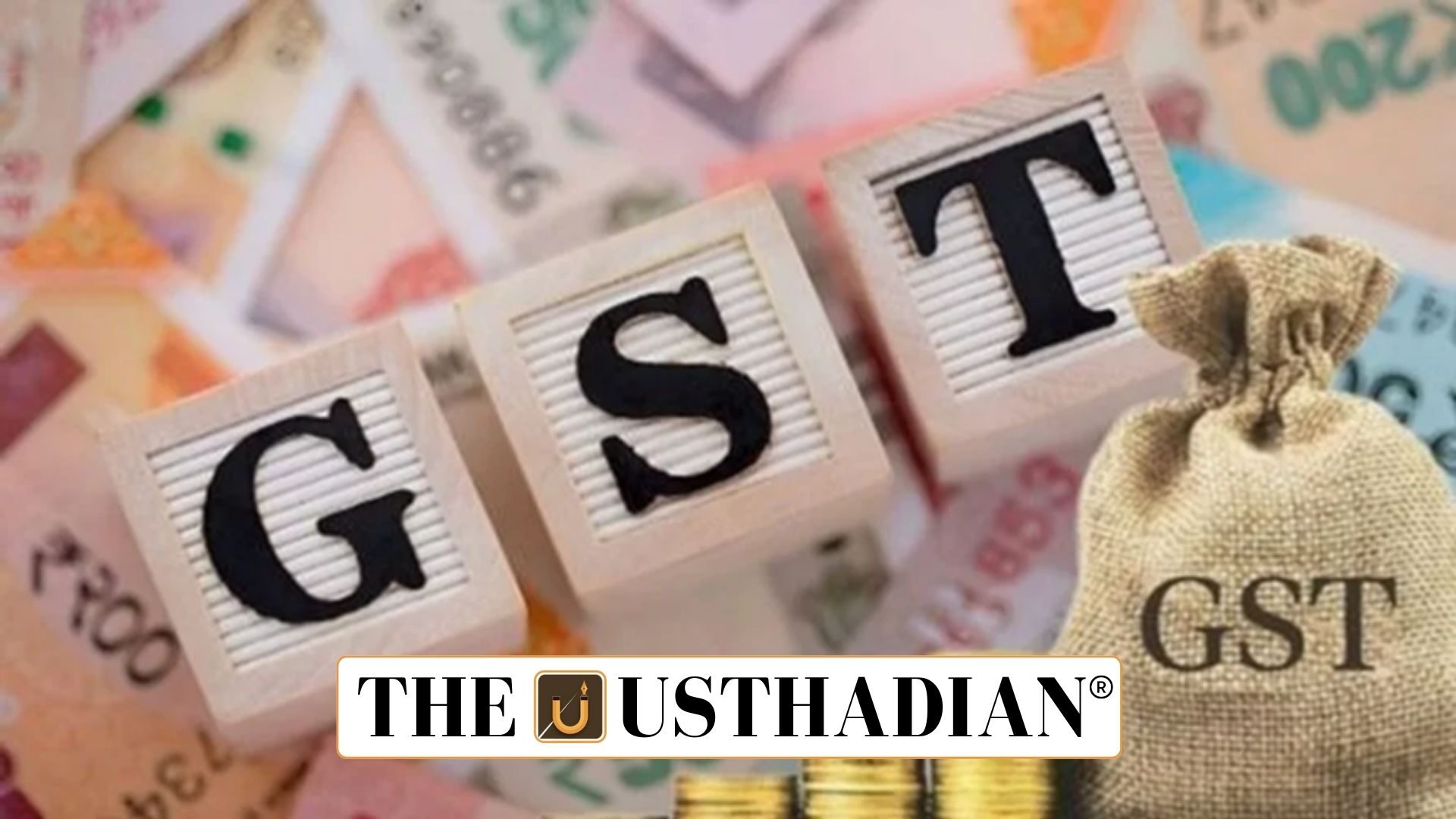New GST Structure
Next Generation GST Reforms Strengthen Savings and Self Reliance: Prime Minister Narendra Modi announced on 21 September 2025 that the new Next Generation GST reforms will take effect from 22 September 2025. The new system simplifies taxation by retaining only 5% and 18% slabs. Essential goods like food, medicines, soaps, and insurance will now attract 0% or 5% GST, reducing daily expenses.
Static GK fact: GST was first introduced in India on 1 July 2017 as a replacement for multiple indirect taxes under the principle of One Nation, One Tax.
Savings for Citizens
The reforms are expected to generate over INR 2.5 lakh crore annual savings when combined with income tax measures. Lower GST on essentials such as toothbrushes, toothpaste, and healthcare makes household budgets lighter. Travel and hospitality services will also cost less, improving citizens’ purchasing power.
Static GK Tip: India’s GDP crossed USD 4 trillion in 2023, with consumer demand forming a major share of growth.
Support to MSMEs
The government highlighted that MSMEs, small traders, and cottage industries will benefit from the simplified system. Reduced compliance burdens and lower taxes will help small businesses increase output, create jobs, and compete globally.
Static GK fact: MSMEs contribute nearly 30% of India’s GDP and employ over 11 crore people, making them the backbone of the economy.
Economic Boost
The simplified GST will improve domestic manufacturing under the vision of Aatmanirbhar Bharat. Stronger consumer demand will encourage investment, while cooperative federalism will strengthen the relationship between the Union and States. These measures also make India a more attractive global investment hub.
Static GK Tip: India’s rank in the World Bank’s Ease of Doing Business Index improved significantly from 142 in 2014 to 63 in 2020.
Call for Swadeshi
The Prime Minister urged citizens to embrace Swadeshi products as a modern movement for economic independence. Every household is encouraged to adopt indigenous goods, and every shop is expected to display them proudly. This echoes the spirit of the freedom struggle, where Swadeshi was a key tool of resistance.
Static GK fact: The historic Swadeshi Movement was launched in 1905 during the partition of Bengal, promoting Indian-made goods against British imports.
Static Usthadian Current Affairs Table
Next Generation GST Reforms Strengthen Savings and Self Reliance:
| Topic | Detail |
| Announcement date | 21 September 2025 |
| Effective date of reforms | 22 September 2025 |
| GST slabs retained | 5% and 18% |
| Annual savings estimate | INR 2.5 lakh crore |
| Key beneficiaries | Citizens, MSMEs, small businesses |
| Historical GST launch | 1 July 2017 |
| Contribution of MSMEs to GDP | Around 30% |
| MSME employment | Over 11 crore people |
| Key economic vision | Aatmanirbhar Bharat |
| Historic Swadeshi Movement launch | 1905, Bengal partition |








